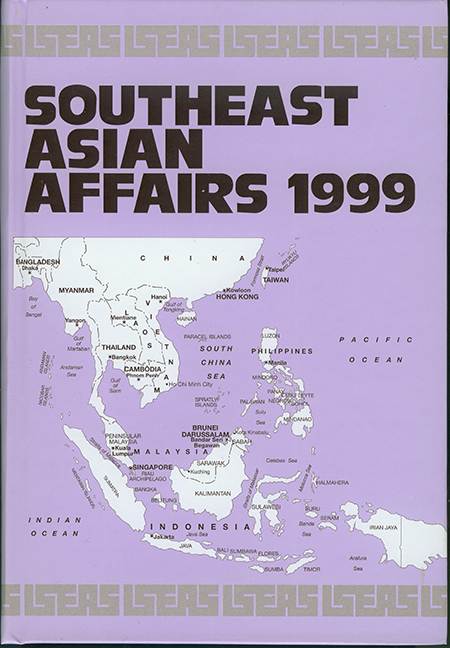INTRODUCTION
Published online by Cambridge University Press: 21 October 2015
Summary
For the second year in a row, the economic crisis dominated the region. Growth rates dropped precipitously. Unemployment, social problems, and political unrest grew. By the end of 1998 there were tentative signs of economies stabilizing and some success in alleviating social problems. But some of the political fallout had not yet run its course.
Southeast Asian economies experienced drastic declines, including negative rates of growth of 15 per cent for Indonesia, 8 per cent for Thailand, and 7 per cent for Malaysia. Policies at the start of the year emphasized fiscal austerity and high interest rates, but these were gradually eased as deflation became the major problem. By year's end, most indicators suggested that the economies had bottomed. Currencies reached their lowest point against the U.S. dollar in January, but stabilized and even strengthened thereafter. The crisis left questions about managing external openness (particularly large international capital flows), governance (tackling “corruption, collusion, and nepotism”), and sources of growth (the importance of domestic demand and human investment compared to export-led growth).
Politically, ASEAN (the Association of Southeast Asian Nations) was also thrown off course by the crisis. While members initially worked together to address economic problems, co-operation faltered after President Soeharto was forced to resign in Indonesia, and Prime Minister Mahathir Mohamad sacked his deputy, Anwar Ibrahim, in Malaysia. Soeharto's ouster removed an ASEAN founding father. Anwar's sacking, internment, and black eye while in custody, led to unprecedented public criticisms from leaders in the Philippines, Indonesia and Thailand. This, along with a series of bilateral disputes (particularly between Malaysia and Singapore), gave the impression of an organization in disarray. ASEAN attempted to heal the wounds at its Annual Ministerial Meeting in July, and its Sixth Summit in December, but with only limited success.
The broader Asia-Pacific geopolitical environment remained relatively benign. With President Bill Clinton's visit to China, the U.S.-China relationship seemed to improve to a level not seen since 1989.
- Type
- Chapter
- Information
- Southeast Asian Affairs 1999 , pp. viii - xPublisher: ISEAS–Yusof Ishak InstitutePrint publication year: 1999



